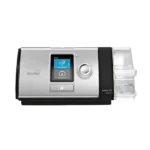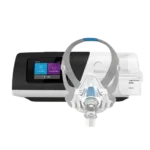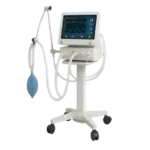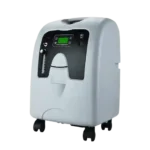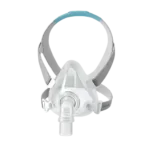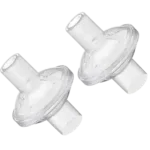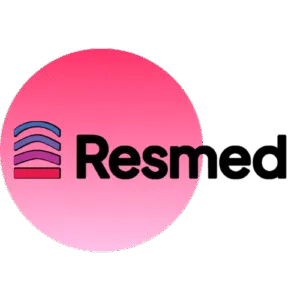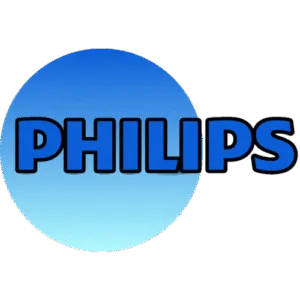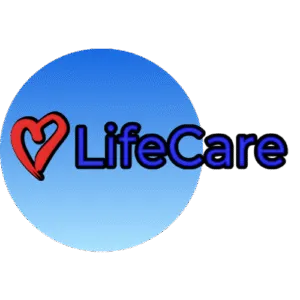Chest Physiotherapy
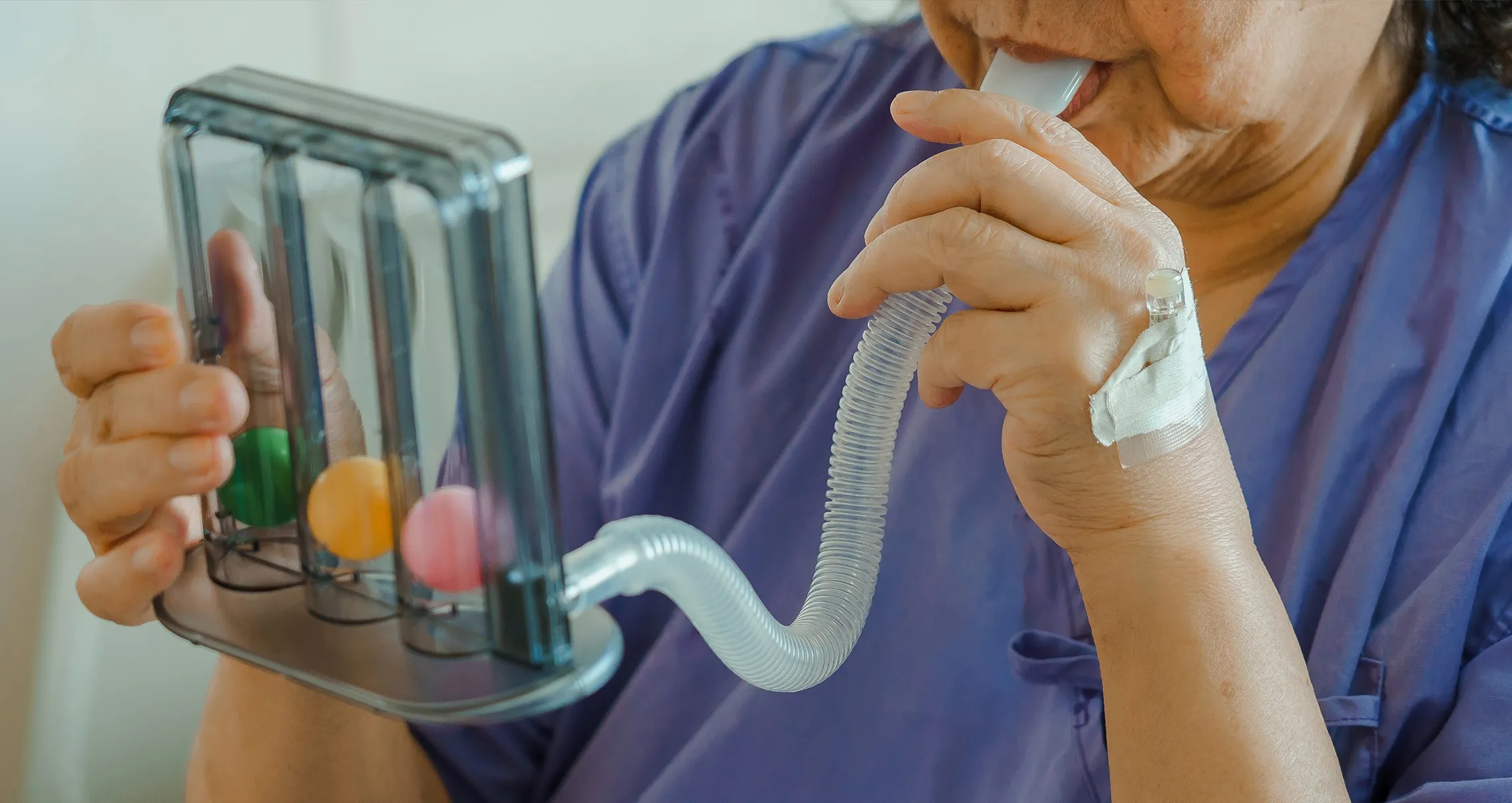
Chest Physiotherapy
Chest physiotherapy (CPT) helps clear mucus and improve lung function, making breathing easier for patients with respiratory conditions. Chest physiotherapy is recommended for individuals with COPD, Asthma, Pneumonia, Cystic fibrosis etc.
Our CPT Services

Manual Techniques
Gentle tapping, vibration, and positioning to loosen mucus from the lungs.

Breathing Exercises
Guided techniques to strengthen respiratory muscles and improve lung capacity.

Device-Assisted Therapy
Use of specialized equipment to enhance mucus clearance and breathing comfort.
Common Queries About Our Service
Most sessions last between 20 to 40 minutes, depending on the patient’s condition and treatment plan.
No. The techniques are gentle and safe. You may feel mild discomfort if there is significant mucus buildup, but our trained specialists ensure your comfort throughout.
It varies for each patient. Some may need daily sessions for a week, while others require a longer treatment plan based on their recovery progress.
Yes, we can arrange home sessions for patients who are unable to travel to our clinic.
What Our Patients Say
Posted onTrustindex verifies that the original source of the review is Google. Smart health shop delivered us travel CPAP machine with a mask in the said timeline at our doorstep for my mother in islamabad that works smoothly . Smart health shop really a customer care medical equipment seller.
Owner's reply
Dear Customer, Thank you so much for sharing your experience. We're truly glad we could be there for your family during a critical time. Ensuring safe and fast oxygen cylinder delivery in Multan—especially for home care emergencies—is something we take very seriously. Hearing that everything arrived on time and in proper condition reassures us that our efforts are making a real difference. We hope your grandfather is feeling better, and please know that we're always here if you need any further assistance or refill support. Wishing your family strength and good health, Team Smart Health Shop Al Ghani Reliable Emergency Oxygen Delivery – Multan & NationwidePosted onTrustindex verifies that the original source of the review is Google. Bought my CPAP machine and oxygen concentrator from Smart Health Shop Lahore -excellent service and original Philips Respironics and Yuwell products. Best place in Lahore for BiPAP machines and oxygen cylinders!Posted onTrustindex verifies that the original source of the review is Google. Got a BiPAP machine and oxygen cylinder from Smart Health Shop Karachi. Genuine Topson and Yuwell products with great customer support. Highly recommended for CPAP and oxygen concentrators in Karachi!Posted onTrustindex verifies that the original source of the review is Google. "Highly impressed with Smart Health Shop Al Ghani! They offer top-notch CPAP, BiPAP, and oxygen machines at unbeatable prices. Their staff is super helpful, and you can trust they're selling genuine products. If you're in Pakistan and need respiratory care equipment, look no further – Smart Health Shop Al Ghani comes highly recommended!"
Owner's reply
Dear Pinky Khasturi, Thank you so much for your kind words and 5-star review! 🌟 We’re truly grateful for your trust in Smart Health Shop Al Ghani. It's our mission to provide genuine CPAP, BiPAP, and oxygen machines in Pakistan at the most competitive prices, and we’re thrilled to hear that you had a positive experience. Your appreciation means a lot to our team, especially as we work hard to serve customers across Karachi, Lahore, Islamabad, and beyond. We’re always here to help with expert advice and the highest-quality respiratory care equipment. If you ever need assistance or have any questions about sleep therapy or oxygen support, please don’t hesitate to reach out. We’re here for you!Posted onTrustindex verifies that the original source of the review is Google. Finding an affordable oxygen machine in Bahawalpur was challenging until we contacted Smart Health Shop Al Ghani. We needed an oxygen concentrator for my mother’s long-term therapy, and they had just the right model available at a reasonable price. The team went above and beyond by helping us set up the machine at home and showing us how to operate it safely. Their dedicated respiratory medical services and after-sales support gave us peace of mind. The oxygen machine works flawlessly, and knowing we have their guidance is invaluable.
Owner's reply
Thank you so much for your thoughtful feedback. We’re truly glad to hear that you found the right oxygen concentrator in Bahawalpur through us for your mother’s long-term therapy needs. At Smart Health Shop Al Ghani, we understand how important reliable, affordable home oxygen therapy is for families—especially in cities like Bahawalpur, where access can be limited. We're proud to offer a wide range of authentic oxygen machines and to provide full setup assistance and training to ensure safe and confident use. Your appreciation means the world to our team, and we're always just a call away for any follow-up questions or support. We’re committed to delivering trusted respiratory medical services across Pakistan, with compassion and care at the heart of everything we do. Wishing your mother continued health and comfort, Team Smart Health Shop Al Ghani Reliable Oxygen Solutions in Bahawalpur & BeyondPosted onTrustindex verifies that the original source of the review is Google. i bought a bipap form smart healyh shop al ghani branch the product was good . i highly recommend cpap machine ,bipap,cpap mask from smart health shop.
Owner's reply
Thank you so much for your kind feedback and for choosing Smart Health Shop at Al Ghani Mall for your BiPAP machine purchase. We're pleased to know that our respiratory care products are making a positive impact on your health. At Smart Health Shop Al Ghani Branch, we specialize in high-quality CPAP machines, BiPAP devices, and CPAP masks in Rawalpindi and Islamabad. Your recommendation helps others in need of sleep and respiratory solutions find trusted products and service. If you need any further assistance or accessories, feel free to visit us again at Al Ghani Mall, Rawalpindi. – Smart Health Shop Team
The Hidden Disorder Affecting Your Nights and Days
Sleep apnea is a chronic sleep disorder that disrupts normal breathing patterns during rest, and when someone tries to describe it to those unfamiliar, they often emphasize how it silently steals quality of life without dramatic warning, causing pauses in breathing, shallow respiration, or sudden choking episodes that jolt a person awake, leaving them confused and exhausted, yet unable to explain why nights feel restless even after lying in bed for hours, and while obstructive sleep apnea is the most common type, caused by airway collapse when throat muscles relax, central sleep apnea reflects the brain’s failure to send signals that keep breathing regular, and complex sleep apnea combines elements of both, illustrating how varied and complicated the condition can be, so much so that millions of people worldwide suffer without proper diagnosis, attributing fatigue to busy lifestyles, age, or stress, when in truth their bodies are deprived of oxygen repeatedly every night, leading to fragmented sleep, micro-arousals, and a cycle of health consequences, from daytime sleepiness and memory lapses to irritability, poor concentration, and even higher risks of hypertension, heart disease, diabetes, and stroke, which is why awareness remains critical, as many underestimate snoring, considering it a harmless nuisance rather than a potential red flag, when in fact loud, chronic snoring coupled with witnessed breathing pauses, morning headaches, dry mouth, and excessive daytime fatigue should trigger medical evaluation, often beginning with overnight polysomnography in a sleep lab or home sleep tests that measure airflow, oxygen saturation, brain waves, and body movements, and once diagnosed, treatment options range widely, from lifestyle modifications such as losing weight, exercising regularly, and avoiding alcohol or sedatives, to medical interventions like CPAP therapy, which involves wearing a mask that delivers continuous positive airway pressure to keep airways open, though some find CPAP uncomfortable, alternatives exist like BiPAP machines, oral appliances that reposition the jaw, positional therapy to discourage back-sleeping, or surgical approaches targeting soft tissue in the throat or jaw structure itself, and in recent years newer methods like hypoglossal nerve stimulation have shown promise by electrically stimulating tongue muscles to maintain airway patency, yet beyond devices and surgery, education and consistent follow-up remain essential, since adherence to treatment determines long-term outcomes, and untreated sleep apnea not only reduces quality of life but also increases accident risk, especially car crashes linked to daytime drowsiness, placing not only patients but entire communities at risk, while on the psychological side, chronic fatigue can erode relationships, dampen work performance, and contribute to depression or anxiety, showing how interconnected sleep is with every facet of human health, and researchers stress that children are not immune, as pediatric sleep apnea—often related to enlarged tonsils or adenoids—can lead to behavioral problems, hyperactivity, poor school performance, or stunted growth, making early recognition vital, and interestingly, even evolutionary biologists speculate that the human airway, with its unique design enabling speech, makes us more prone to obstruction compared to other animals, suggesting that the very gift of language may carry hidden costs, and though statistics vary, estimates suggest over 900 million people worldwide have sleep apnea, with many undiagnosed, reflecting not only gaps in healthcare but also stigma around sleep disorders, since many cultures undervalue sleep, glorifying long work hours and minimizing fatigue, leaving sufferers reluctant to seek help, yet global initiatives now emphasize sleep health as a pillar equal to nutrition and exercise, and public campaigns aim to normalize seeking evaluation, especially as wearables and consumer tech integrate sleep tracking, potentially flagging irregular patterns earlier than before, though experts caution these gadgets complement but never replace medical testing, and still, awareness grows that sleep apnea is treatable, that lives can be transformed through consistent therapy, and that vitality, focus, and emotional balance often return once breathing stabilizes at night, and so the narrative of sleep apnea is not one of despair but of resilience, where knowledge, community support, and technology converge to restore rest, proving that sleep, often overlooked, is in fact a cornerstone of health, memory, creativity, and joy, and that reclaiming it transforms not only nights but also days, relationships, and futures, making the journey of recognizing, diagnosing, and treating sleep apnea a story of both science and humanity, one where awareness truly saves lives.

